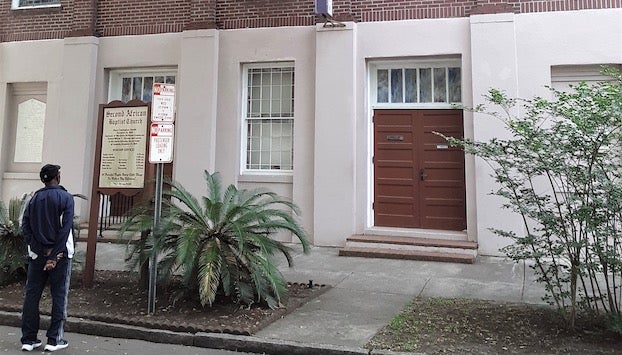It all started with the Weekly Reader
Published 5:43 pm Monday, May 8, 2023
|
Getting your Trinity Audio player ready...
|
One of my favorite quotes from Mark Twain is “travel is fatal to prejudice, bigotry and narrow mindedness.” One of my personal goals is to travel as much as I can. I celebrate every opportunity to see the world, it’s people, and to learn as much as I can about other people’s cultures. My love for travel began through the pages of my Weekly Reader’, a child-oriented publication that was a source of news in the classroom. Through it I saw the world through other children’s eyes, where they lived, I learned what their schooling was like, the foods they ate and the clothes they wore. And it gave me a desire to travel.
The goal of the four- to eight-page weekly paper, which was distributed via the classroom, was to bring awareness to children of what was happening in the world, so that one day they might become daily newspaper readers. And a newspaper reader I did become. My stepfather, Lloyd M. Roberts, worked for the Washington Daily News from the mid 1940’s-1974. The WDN has always been a part of my life. And I can say the love for reading newspapers started with my Weekly reader.
I’m sure the Weekly reader was a staple of most student’s education. The idea of creating a newspaper for children has been largely attributed to Eleanor M. Johnson (1892-1987), who had been an educator in York, Pennsylvania, before taking over as long-time editor in 1934.
But the idea for a weekly newspaper for children did not start with Ms. Johnson. As early as 1902 the American Education Press existed and distributed a weekly newspaper for high school students called ‘Current Events.’
In 1928, a salesman, Harrison Sayre of Columbus, Ohio, suggested the idea of distributing a simple newsweekly for elementary school students. He was soon on board at American Education Press to develop the publication. And the rest as they say, was a historically important way children to learn about the world beyond their classroom.
I remember reading about the Bay of Fundy in my fourth-grade classroom and promised myself one day I would go there. I did go to Nova Scotia and stood in the Bay of Fundy fulfilling my childhood promise to myself. I have also stood near the top of a volcanic mountain in Hawaii and stood on top of Mount Mitchell, the highest mountain elevation east of the Mississippi. I have looked in awe at the water of the Puget Sound, dipped my feet in the Mississippi River, Pacific Ocean and the Gulf of Mexico, and I have watched geysers form over the Grand Canyon. I have danced on a cruise ship near South American waters, and I traveled many times out of this country and traveled to more than half the states in this one.
My last history digging adventures took me to eight states in the last seven months. My latest adventure was a five-day history digging tour in Savannah, (for the second time in six months). The photo shows Milt standing outside of the Second African Baptist Church, built in 1802, is one of the oldest congregations in this country. This is the church where General William Tecumseh Sherman, Union Army Officer and Abolitionist, read the Emancipation Proclamation on the front steps in 1864, and his Field Order No. 15, promising newly freed slaves forty acres and a mule. Almost century later to the day, from this church, Dr. Martin Luther King recited passages from his ‘I Have A Dream Speech’ before the March on Washington of 1963.
I thank the Washington City schools for providing students with the Weekly Readers that opened up the world to me, and giving me a desire to travel and learn more about the world. It’s a love affair with learning I plan to continue for a long time to come.
Leesa Jones is a Washington native and the co-founder and co-executive director of the Washington Waterfront Underground Railroad Museum.






